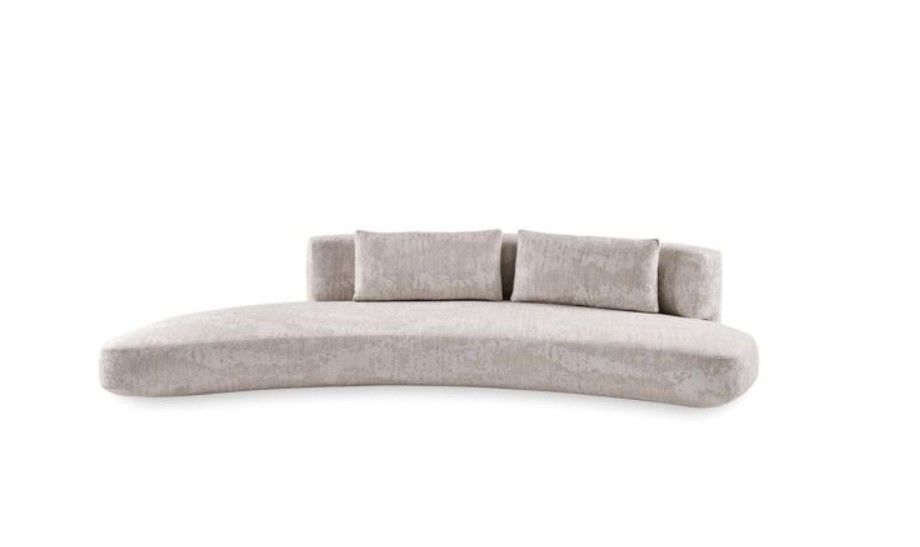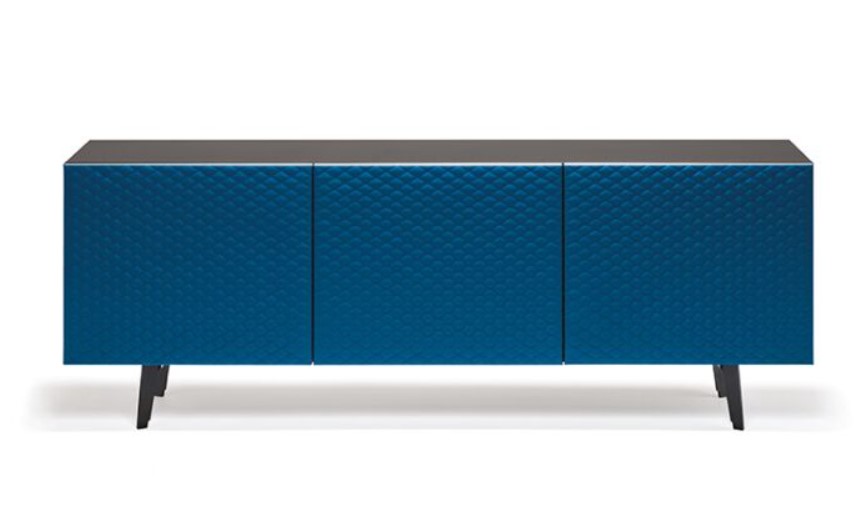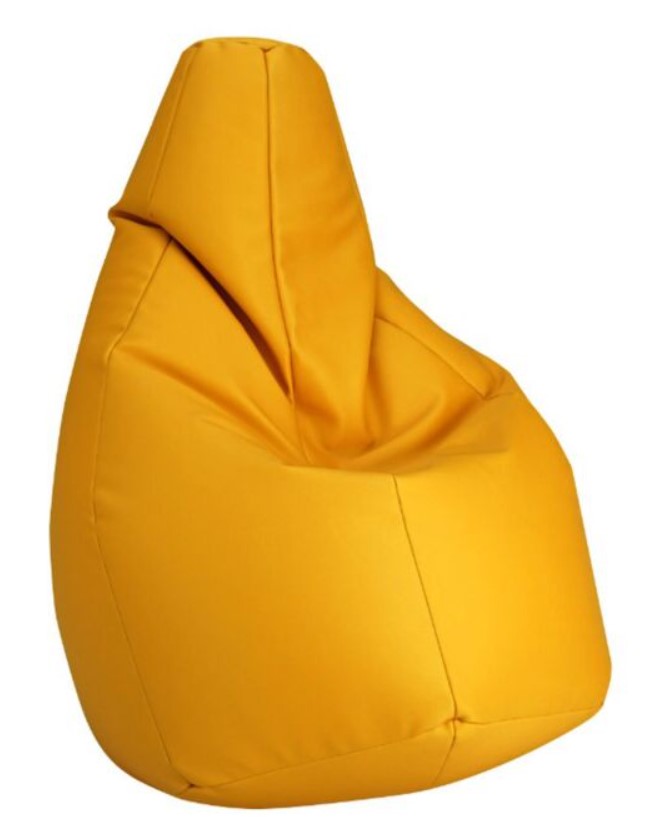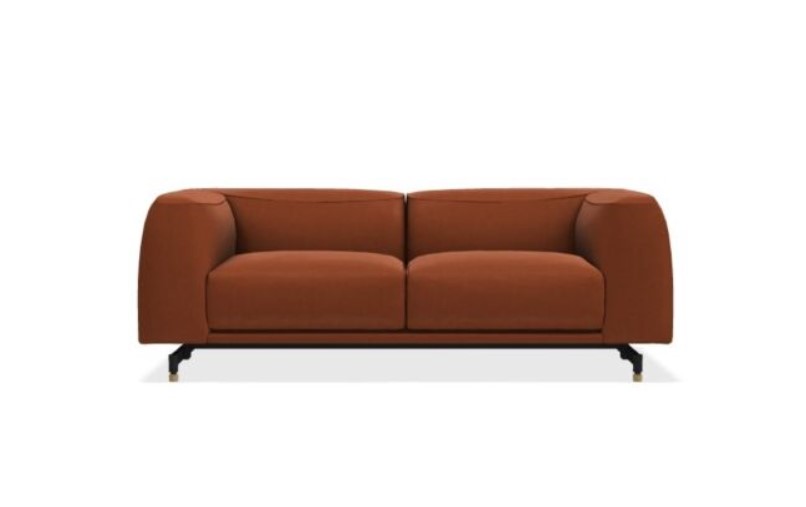Checkout using your account
This form is protected by reCAPTCHA - the Google Privacy Policy and Terms of Service apply.
Checkout as a new customer
Creating an account has many benefits:
- See order and shipping status
- Track order history
- Check out faster
When we talk about the 1970s we are referring to an era of great ferment and experimentation. This certainly influenced music, art, and literature, but it also had a significant impact on the world of design and interior decoration.
The décor of the 1970s is characterized by a bold, colorful and often eccentric style, leaving an indelible mark on the landscape of interior architecture, with influences that are still reflected in contemporary trends today.
Let's examine the main characteristics that marked this fascinating period and what design suggestions still influence the customization of interior spaces today.
Bold and psychedelic colors
The 1970s represented a real revolution in interior design. Homes were overwhelmed by an explosion of color, with vibrant, psychedelic palettes dominating interiors.
Orange, mustard yellow, avocado green, tomato red, and electric blue were just some of the most popular shades of the era. These colors were often juxtaposed in bold and striking combinations, creating a lively and dynamic atmosphere.
Geometric wall hangings were emphasized by the juxtapositions of contrasting shades, and some motifs can also be found in the upholstery that distinguished sofas, armchairs, and curtains.
Organic shapes and sinuous curves: the triumph of rounded design
Organic shapes and sinuous curves were a distinctive feature of 1970s furniture design. Furniture and furnishings featured soft, rounded lines inspired by nature and the fluidity of movement.
Boomerang sofas, water drop chairs, and curved coffee tables were just a few examples of this iconic aesthetic.
Such suggestions can be found today, for example, in Gallotti&Radice's Audrey sofa. This piece stands out for its curved design and unconventional shape. Available in a fairly varied range of colors, it can also be made in patterns that recall precisely the 1970s.

Softness and all the charm of leather are concepts well expressed by the design of the St.Germain sofa by Ditre Italia. Cozy and refined, this sofa, with its vintage soul, will become the undisputed centerpiece of any living room.
Natural materials and tactile textures: furniture come to life
The 1970s saw a return to the use of natural materials and a predilection for upholstering with fabrics with tactile textures. But that's not all: there are plenty of materials that give us back a tactile dimension that can expand our conception of comfort.
Dark wood, wicker, rattan and leather were widely used in the production of furniture and furnishings, giving interiors a cozy and enveloping atmosphere.
A quintessential 1970s piece of furniture is the cupboards, where the family's most cherished items were stored. This concept has been reworked and reintroduced in a contemporary way in products such as Absolut by Cattelan Italia: this wooden sideboard with leather-covered doors recalls typical elements such as quilting, color and furniture design inspired by the dry, clean lines in vogue in the 1970s.

Plush and velvety textures were also popular. These added a touch of luxury and comfort to environments.
An undisputed icon in this regard is the pouf and experimental shapes that reconceive seating. The Zanotta sack, made in the late 1960s, with its recognizable shape became a true cult object.

Iconic and vintage elements
The decor of the 1970s is full of iconic and vintage elements that continue to inspire contemporary design. Globe pendant lamps, sunburst mirrors, shaggy rugs, striped walls, and psychedelic wallpaper are just some of the distinctive elements of this period.
Integrating authentic vintage pieces into a modern space can lend a unique charm to the space. The important thing is to balance these elements consciously so as not to give one's environment an anachronistic and demodé look.
Creative freedom and experimentation
One of the main characteristics of 1970s furniture was creative freedom combined with limitless experimentation. The interiors reflected the rebellious and non-conformist spirit of the era, with bold combinations of styles, colors and materials.
Eclecticism was encouraged, and personalization of spaces was considered essential to express one's individuality.
Finally, we can consider the furniture of the 70s a tribute to the creativity, audacity and carefreeness of an era that left an indelible mark on the world of interior design.
With its unique combination of bold colors, organic shapes and natural materials, 1970s furniture continues to inspire and fascinate, confirming its status as a vintage design icon.

